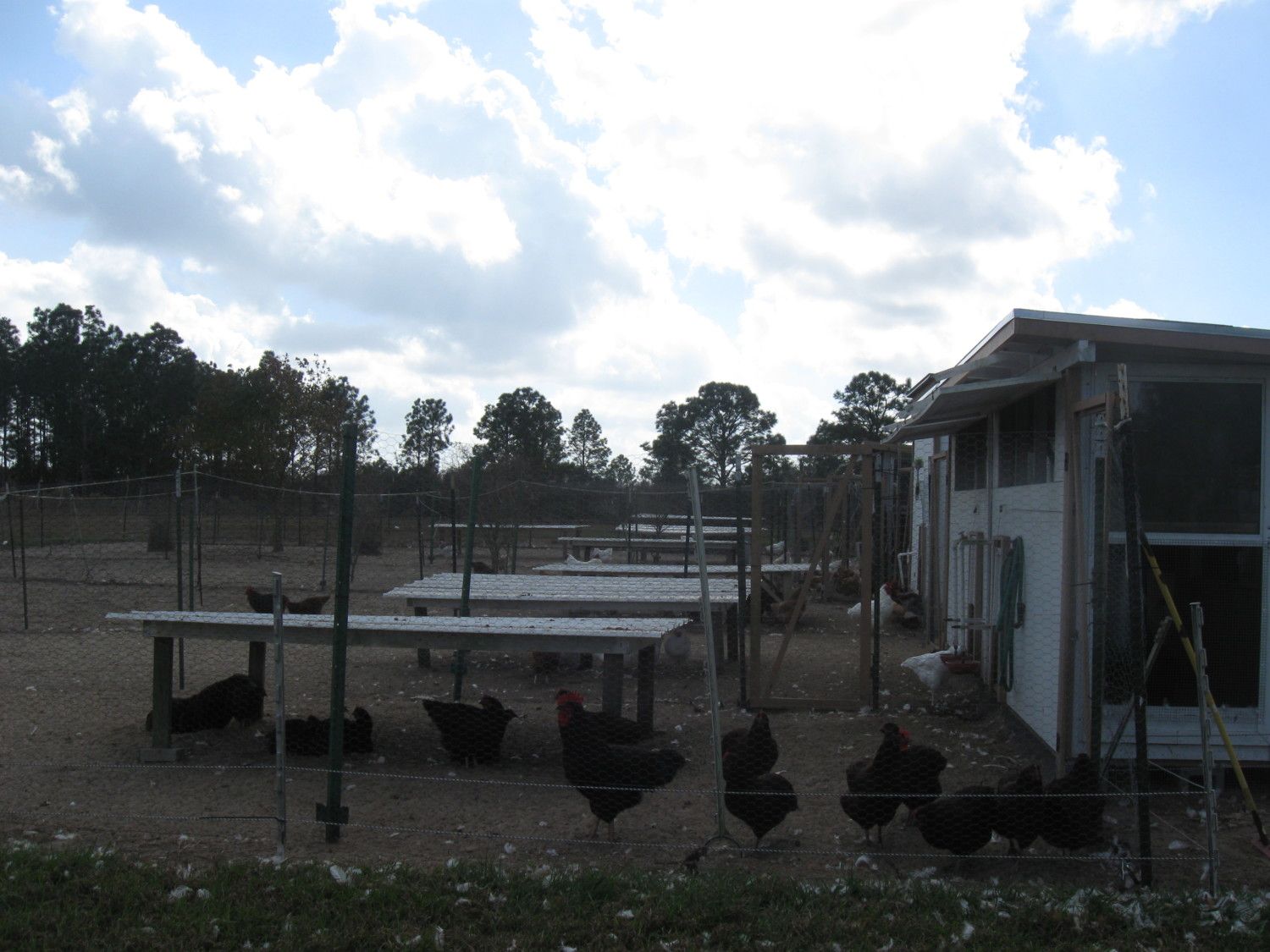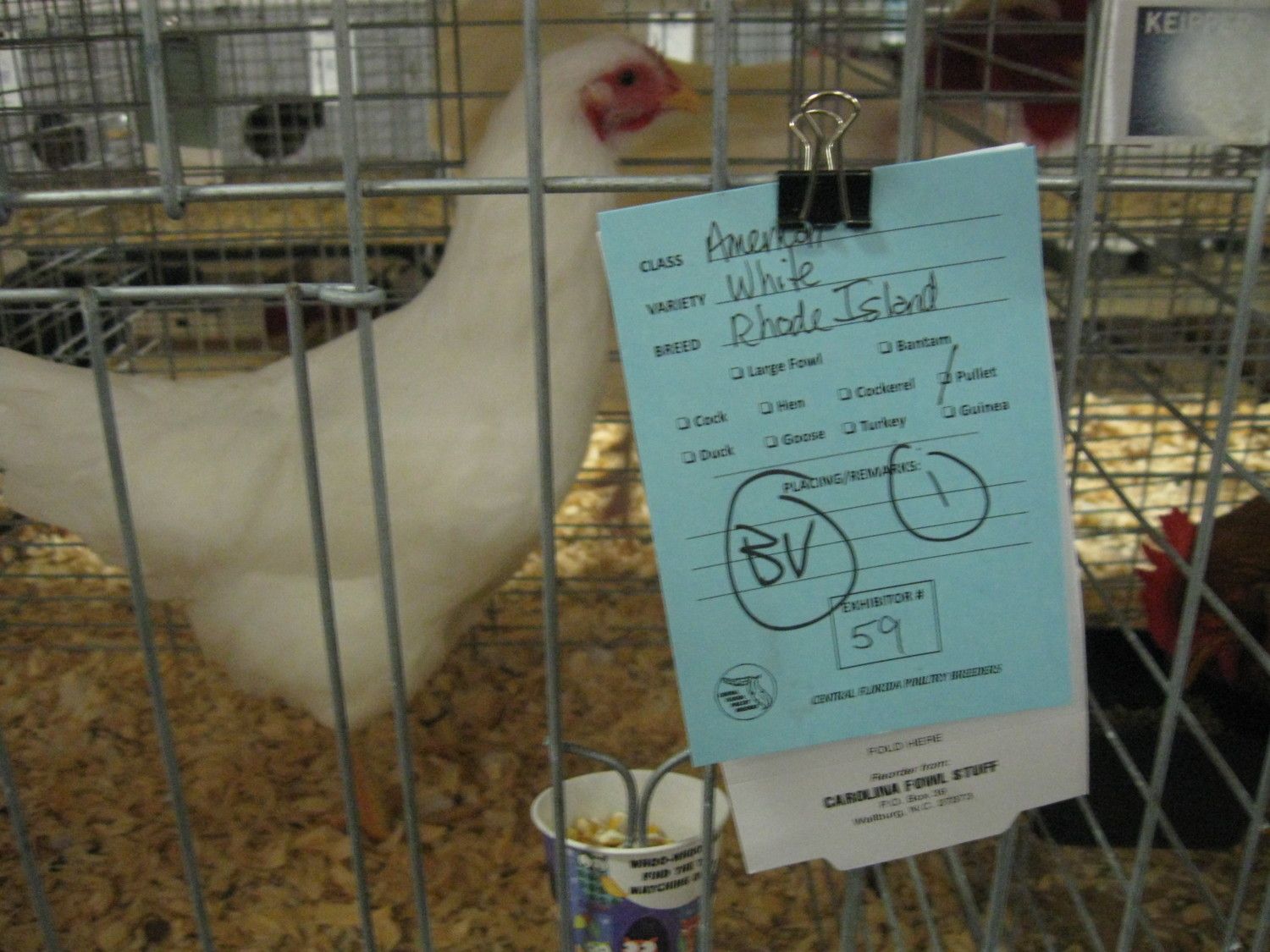Interesting that my kabota tractor manual is in the same stack as mine also... Along with several pages of EPDs and this year's lambing sheets (we are in the midst of lambing here right now)
Navigation
Install the app
How to install the app on iOS
Follow along with the video below to see how to install our site as a web app on your home screen.
Note: This feature may not be available in some browsers.
More options
You are using an out of date browser. It may not display this or other websites correctly.
You should upgrade or use an alternative browser.
You should upgrade or use an alternative browser.
The Heritage Rhode Island Red Site
- Thread starter Robert Blosl
- Start date
There has been some good reading on here lately ! I enjoy the wealth of knowledge from you veterans that have been raising the reds for awhile! A lot of book marking!
I enjoy the wealth of knowledge from you veterans that have been raising the reds for awhile! A lot of book marking!
 I enjoy the wealth of knowledge from you veterans that have been raising the reds for awhile! A lot of book marking!
I enjoy the wealth of knowledge from you veterans that have been raising the reds for awhile! A lot of book marking!chickengramps
Chirping
So as I read all this info. A person that lives in town and can only have 10 to 15 birds, would be better off buying a trio of birds from a breeder than to hatch his own birds. As he wouldn't be able to get a very good ratio off good birds out of hatching 10 eggs. New to this so only trying to figure out how to have good birds for kids in 4 H.
Fred
Fred
Those who live in the city and CAN have males.
I'd likely urge such a person to be part of a cooperative, where you can be one of two or three people working on the same breed. You can make a valuable contribution to the preservation of the breed. Every dozen chicks you hatch out helps the "master plan" of the larger program. You might have one of the selected breeding pens of the cooperative on your property. Being a part of a bigger cooperative allows you to participate and contribute to a program that would be virtually impossible by yourself.
Those who live in the city and CANNOT have males.
Perhaps you could contribute to a cooperative by hatching, brooding and raising out young birds up to 14 or 16 weeks of age on behalf of a larger breeder. You would share in the work of the program, bearing some of the cost and work. Albeit a small part, still an important contributor to the larger venture.
Many folks have an honest and admirable desire to "help save the breed". However, in order to actually save any breed, the birds must BE that breed and continued to be bred toward the Standard for that breed. Just having, collecting or keeping a few birds of any breed will not save the breed, as it really does nothing to contribute to the breed's future. Just being honest here.
If you are a medium size operation, say, able to keep and breed 50 chicks a year? You must have a partner.
If you are an even smaller operation, only able to hatch out 25 chicks a year? You must have a much, much larger partner or partners working cooperatively.
In my view, it is more helpful to brainstorm with small keepers to find HOW they can contribute, instead of merely dismissing them with the comment that "there isn't anything you can do. You're a dead end keeper".
Have a great day, everyone. I'm off to do some chores, shopping and other stuff.
I'd likely urge such a person to be part of a cooperative, where you can be one of two or three people working on the same breed. You can make a valuable contribution to the preservation of the breed. Every dozen chicks you hatch out helps the "master plan" of the larger program. You might have one of the selected breeding pens of the cooperative on your property. Being a part of a bigger cooperative allows you to participate and contribute to a program that would be virtually impossible by yourself.
Those who live in the city and CANNOT have males.
Perhaps you could contribute to a cooperative by hatching, brooding and raising out young birds up to 14 or 16 weeks of age on behalf of a larger breeder. You would share in the work of the program, bearing some of the cost and work. Albeit a small part, still an important contributor to the larger venture.
Many folks have an honest and admirable desire to "help save the breed". However, in order to actually save any breed, the birds must BE that breed and continued to be bred toward the Standard for that breed. Just having, collecting or keeping a few birds of any breed will not save the breed, as it really does nothing to contribute to the breed's future. Just being honest here.
If you are a medium size operation, say, able to keep and breed 50 chicks a year? You must have a partner.
If you are an even smaller operation, only able to hatch out 25 chicks a year? You must have a much, much larger partner or partners working cooperatively.
In my view, it is more helpful to brainstorm with small keepers to find HOW they can contribute, instead of merely dismissing them with the comment that "there isn't anything you can do. You're a dead end keeper".
Have a great day, everyone. I'm off to do some chores, shopping and other stuff.
chickengramps
Chirping
Yes I can have roosters, I picked RIR's because we had them on the farm when I was a kid (1950's). Mom says the ones I have now look like the reds we had then. I purchased as heritage birds. I can have a total of 30 birds where I live in town. People like to hear my roosters crow, around me. SO I have room for 15 more chickens. Do not know what line of birds I have, so should I use them or look for a new start. thanks
Fred
Fred
I have 2 breeds my Reese/Mohawk RIR's and Some Rose Comb RIW's that a few years ago the descendants came from Sand Hill Preservation. I searched and searched for the RC RIW's and could not find anyone who raised them. Finally I did find a person in Jacksonville who's birds originally came from the same place. I had some other breeds in the past but now only these two. It was hard trying raise several different breeds. I hatch out several hundred chicks each spring/early summer. Some of the chicks I sell and some I keep. I don't usually sell baby chicks I let them grow out for a few weeks and pick out the best to keep and sell the rest. I have a feed store down the road that will take my excess and sell them and I sell some from our place as we have a chick coop and the ones we sell go into that coop and I have another coop for the ones I'm keeping. Originally the chicks are kept together and when they are a little older they get separated into other coops and pens. I do have some older Sex Links. I have had them for many years and they are still laying. They may not lay as many eggs but I have had them so long I am kind of attached to them. Eventually they will all go. These pics came out a little dark. Please post pics of your birds and pens. Would love to see every ones setup.












Last edited:
Thanks, sounds logical.
So when you guys have a good thing going, what is your cull rate?
I agree with the other posts. For me I hatch several hundred chicks which average 50/50. I only keep a few of the best but that is not to say the others aren't good. When I was raising Buff Orpingtons I was showing them. I sold a cockerel to a young girl for a either 4H or FFA (I don't remember which) and she showed him at the next show and got 1st place in the juniors competition. I do have a feed store and some other people who will take my culls so at least I can sell them and recoup my feed expenses. I average around 150 birds in my flocks.
So I'm curious... when breeding season is over each year and all the hens are put back with the flock, what size pens do most of you use to house your breeding cocks until the following year? These are pretty good size boys so I was curious what other folks do?
For anyone wanting the dates for setting eggs for 2014, I just updated it on my site. Sorry it took me so long to get it posted.
Along these lines how do you keep the fighting / re-ordering of the pecking order to a minimum?So I'm curious... when breeding season is over each year and all the hens are put back with the flock, what size pens do most of you use to house your breeding cocks until the following year? These are pretty good size boys so I was curious what other folks do?
New posts New threads Active threads
-
Latest threads
-
-
-
-
Pullets or Roos? Egg color guesses?- loving these Easter Eggers!
- Started by Temere
- Replies: 3
-
-
-
Threads with more replies in the last 15 days
-
-
-
How intense is your pecking order?
- Started by thecatumbrella
- Replies: 96
-
I know I’m probably going to upset some ppl, but I’m genuinely confused..
- Started by z3lda3
- Replies: 91
-
-
×



